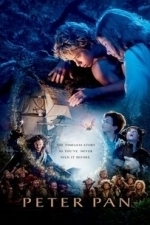
Seeking sister wife
TV Show
The show focuses on the journeys of several unique families in various phases of polygamous...
Reality drama
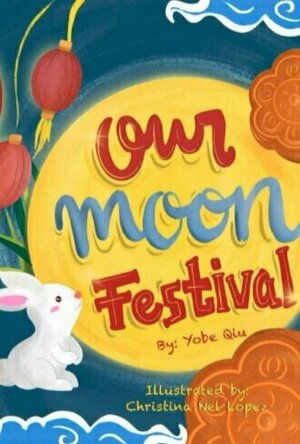
Our Moon Festival: Celebrating the Moon Festival in Asian Communities
Book
A children's book featuring a storyline about how the Japanese, Vietnamese, and Chinese celebrate...
Culture Muli culture Holidays Traditions Chinese Japanese
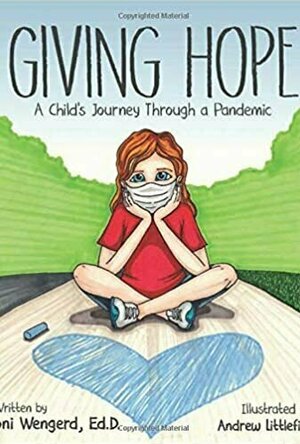
Giving Hope: A Child's Journey Through a Pandemic
Book
Life was busy, exciting, normal - until, with one phone call, everything changed. Everything was...
Nonfiction Pandemic Picture Books Children School Family
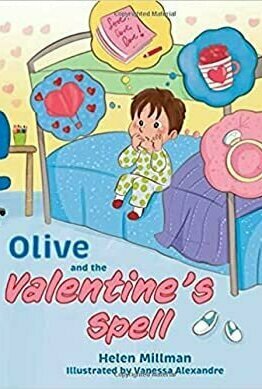
Olive and the Valentine's Spell
Book
Olive is a sweet elementary school boy who is afraid to go to school on Valentine’s Day. ....
Holiday Valentine's Day Children Fears Picture Book kids
David McK (3663 KP) rated Peter Pan (2003) in Movies
Apr 18, 2022
Anyway, it's all here: Peter Pan himself, Tinkerbell, Neverland (including some rather scary mermaids for a family film!), The Lost Boys, Smee and Captain Hook, the alarm-clock swallowing crocodile that follows the latter ...

Love, Not War: A Charity Anthology for Ukraine
Yolanda Olson, Hazel Grace, N.M. Black, Cassia Briar, Dee Garcia, A.R. Hall, M. Johnson, M.R. Leahy, Emery LeeAnn, Katherine Moore, Sara A. Mosier, Summer O'Toole, Jensen Reed, Savannah Sloan, Elizabeth St. John, Jen Stevens and Suki Williams
Book
LOVE, NOT WAR — A charity Anthology for the Ukraine Crisis Fund 17 authors have come together...
Adult Romance Charity Anthology
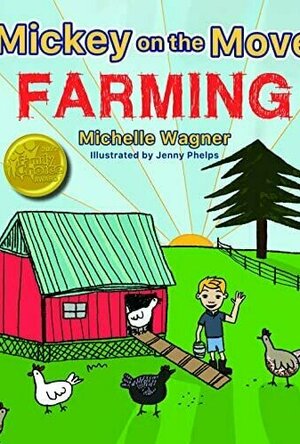
Mickey on the Move: Farming
Book
Mickey is on the move again! He and his mom take pride in farming and gardening together, doing...
deaf Special Needs Children Hearing Loss Picture book hard of Hearing
![The Vanishing of Margaret Small [Audiobook]](/uploads/profile_image/292/07af28d6-184f-436e-a53d-a1ddb1c79292.jpg?m=1671380186)
The Vanishing of Margaret Small [Audiobook]
Book
Meet Margaret Small: 75, plain spoken and a Cilla Black super fan. Shortly after the death of her...
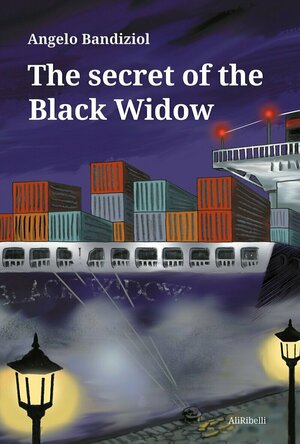
The secret of the Black Widow
Book
A “noir picaresque” novel, ideal for those who love to immerse themselves in a dynamic and...
mystery noir bookbuzz
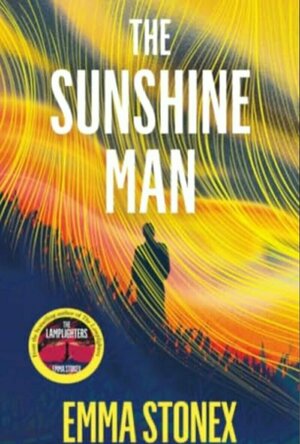
The Sunshine Man
Book
One cold winter's morning, Birdie wakes to the news she’s been waiting eighteen years to hear:...
